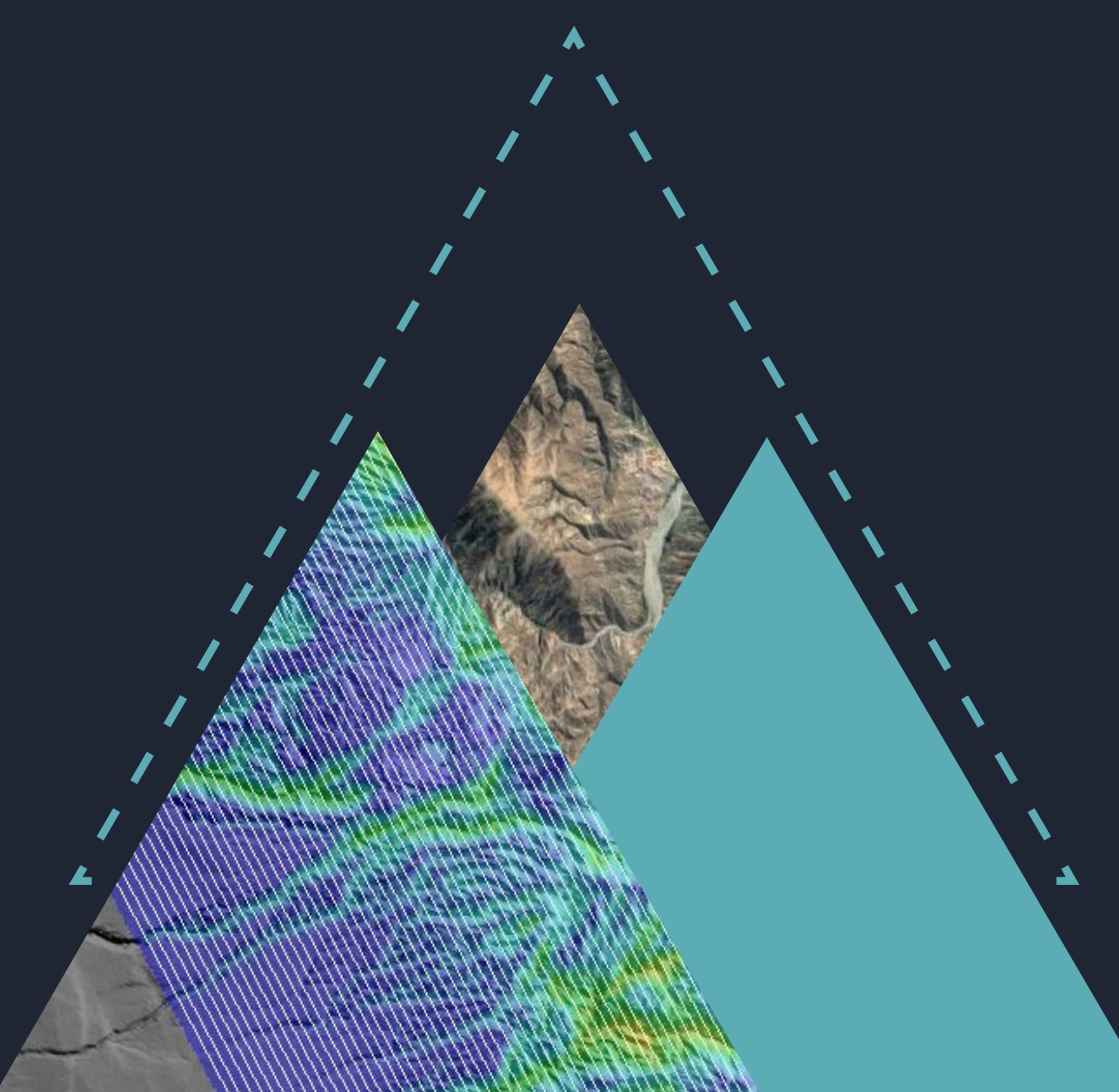New Material - Considering FTG Acquisition in Areas of High Topographic Relief
Bell Geospace provides the means to explore in high topographic relief, without the costs of employing a helicopter.
With airborne Full Tensor Gravity Gradiometry, it is possible to get meaningful, high resolution results with fixed wing pricing.

Considering FTG Acquisition in Areas of High Topographic Relief
Introduction
Areas of high topographic relief present challenges in planning the acquisition of geophysical data. Land surveys acquire data slowly and at high cost. Survey preparations for land surveys include environmental impact statements, landowner permission and geographical problems of access.
Airborne surveys offer a more economical route for acquiring data in these areas. Choices in airborne surveys include helicopter surveys or fixed wing surveys. Helicopter surveys can have advantages in terms of sampling intervals and flight altitude. Helicopter surveys are slower and more costly than fixed wing surveys. So fixed wing surveys present a good solution when planned carefully.
Watch now, On Demand
Method
Fixed wing acquisition planning begins with an analysis and identification of flight hazards and environmental conditions. These things will directly affect the drape planning of the project.
The geologic targets of interest will define a survey polygon, flight line interval and acquisition orientation. Companies will acquire gravity and magnetometry along with full tensor gradiometry (FTG) to improve resolution of the targets. Since FTG measures gradients in three dimensions, flight line orientation need not conform to geologic dip. Flying in the geologic dip direction optimizes magnetometry acquisition.
These criteria for acquisition require establishing priorities for the types of data collected. Flight line orientation for FTG and gravity acquisition in regions of high topographic relief may be sub-optimal for magnetic acquisition. Supplemental acquisitions may need to be planned. Drape planning takes the defined line orientation and convolves the operational characteristics of the aircraft with the terrain to be flown. An ideal drape plan will minimize flight altitude as safely as possible. Traditional flight plans include orthogonal tie lines at an interval four to five times the acquisition line interval.
In terrains with high topographic relief, acquisition plans with tie lines produce flight elevations at tie points that reduce the resolution of the FTG data. Eliminating the tie lines, decreases the overall median flight elevations thereby increasing the resolution. Eliminating ties lines requires alternatives to traditional methods of leveling the acquired data. Literature provides various methods for leveling which produce satisfactory results. Bell Geospace levels data in the cases with its own proprietary technique.
Once leveled, the FTG data need to be corrected for terrain. Typically for this correction, terrain models are chosen as a function of flight line spacing; laser altimetry or LiDar for tight line spaced acquisitions, WorldDEM© for intermediate lines spacing and SRTM for wide line spacings.
Key Takeaway
- Safe and detailed planning make feasible the acquisition of gradiometry and gravity data in areas of high topographic relief
- Bell Geospace planning includes considering alternatives to traditional survey designs and ways to mitigate the effects of compromises made with the alternative designs
- Bell Geospace provides the means to explore in high topographic relief, without the costs of employing a helicopter
- With airborne Full Tensor Gravity Gradiometry, it is possible to get meaningful, high resolution results with fixed wing pricing
Session Style: Oral Presentation | Dec 3rd 2020
